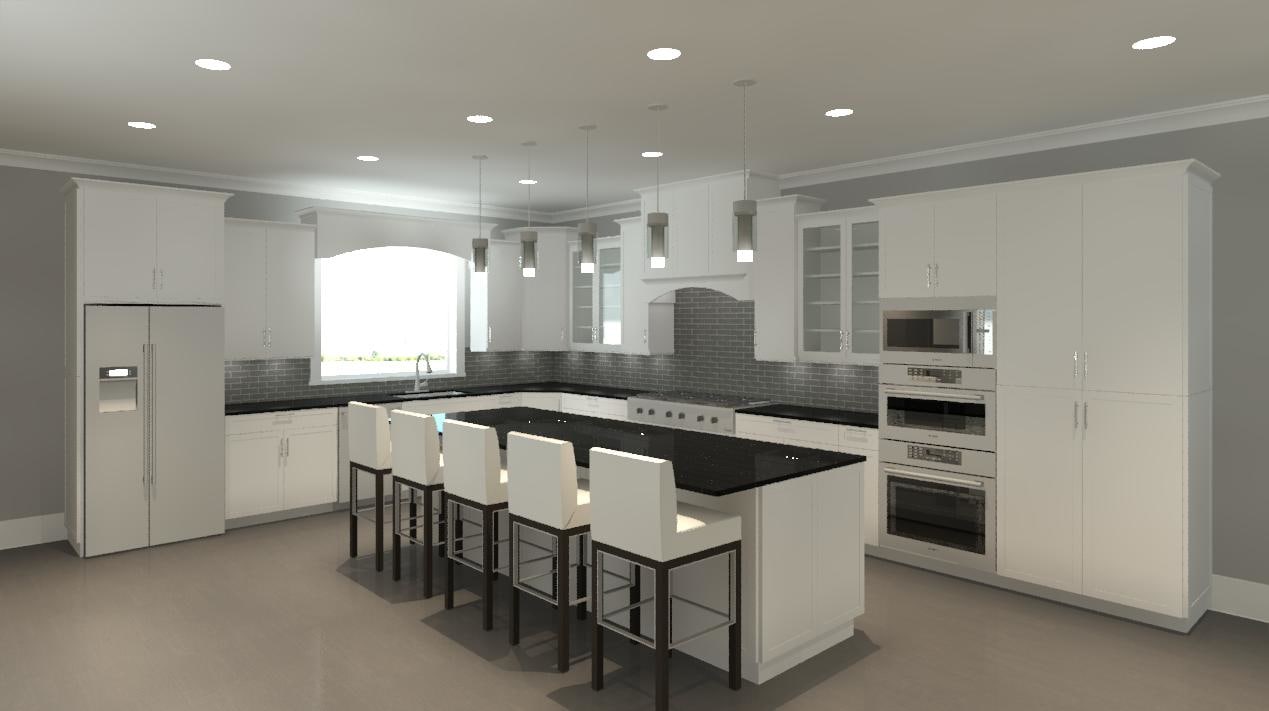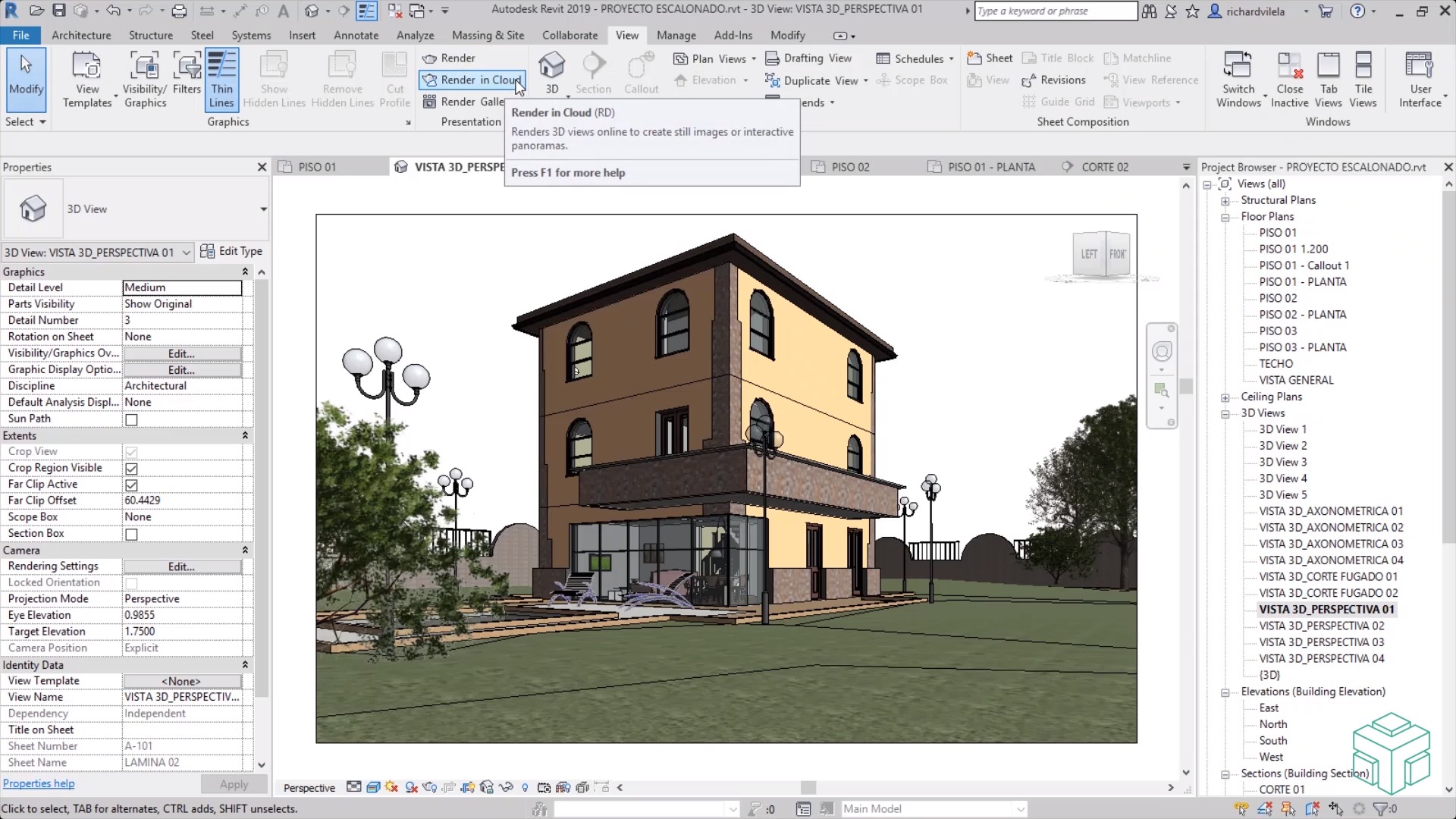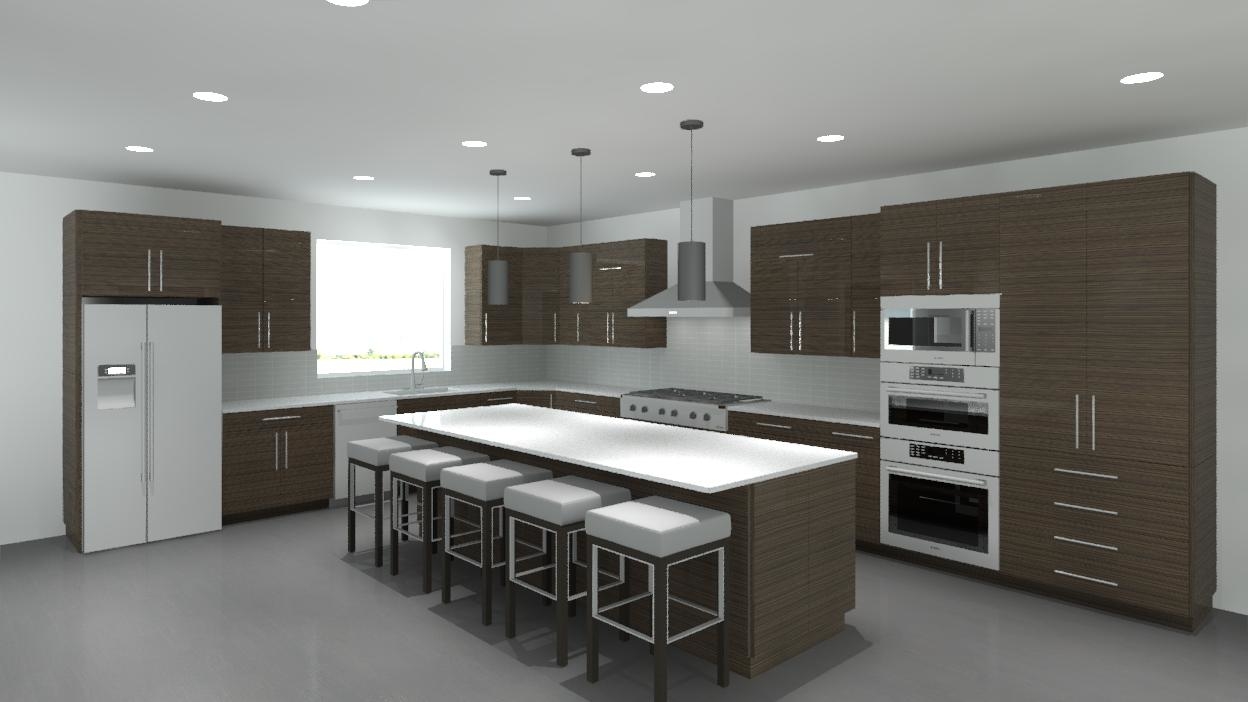Understanding Revit Kitchen Cabinet Components

Revit, a powerful Building Information Modeling (BIM) software, revolutionizes kitchen design by providing a comprehensive platform for creating detailed and accurate 3D models. This software enables designers to go beyond simple sketches and create fully functional, virtual kitchens that capture every detail, from cabinet dimensions to countertop materials.
Types of Cabinet Components in Revit
Revit offers a wide array of pre-designed cabinet components that streamline the design process. These components are categorized based on their placement and functionality within the kitchen.
- Base Cabinets: These cabinets are positioned on the floor and provide storage for appliances, cookware, and other kitchen essentials. They are typically available in various sizes and configurations, allowing for customization to suit specific needs.
- Wall Cabinets: These cabinets are mounted on the walls, providing additional storage space above countertops and work surfaces. They come in various heights and depths to accommodate different storage requirements.
- Specialty Cabinets: This category encompasses a range of unique cabinet designs tailored to specific functions. These include corner cabinets, pantry cabinets, and island cabinets, each designed to optimize storage and functionality in particular areas of the kitchen.
Key Parameters and Properties of Cabinet Components
Revit empowers designers to define the characteristics of each cabinet component using a set of parameters and properties. These settings determine the size, shape, material, and other attributes of the cabinet, ensuring accuracy and consistency throughout the design process.
- Dimensions: The most fundamental parameter is the cabinet’s dimensions, including its width, height, and depth. These parameters determine the cabinet’s physical footprint and storage capacity.
- Materials: Designers can specify the materials used for the cabinet’s construction, such as wood, laminate, or metal. This parameter impacts the cabinet’s aesthetics and durability.
- Hardware: Revit allows for the selection and placement of various hardware components, including hinges, drawer slides, and handles. These elements enhance the cabinet’s functionality and user experience.
- Construction Details: Revit provides options for defining specific construction details, such as the type of cabinet door (flush, raised panel, etc.) and the presence of decorative elements like moldings or trim. These details contribute to the cabinet’s overall design and aesthetic appeal.
Modeling Kitchen Cabinets in Revit

Revit offers a comprehensive set of tools for modeling kitchen cabinets, enabling designers to create detailed and accurate representations of these essential elements. By leveraging Revit’s capabilities, users can streamline the design process, enhance collaboration, and generate high-quality documentation for construction.
Creating a Basic Kitchen Cabinet, Revit kitchen cabinet components
Creating a basic kitchen cabinet in Revit involves a series of steps that build upon each other. This process allows you to establish the foundation for more complex cabinet designs.
- Drawing the Cabinet Box: Begin by using the Wall tool to create the cabinet’s main structure. Define the dimensions of the cabinet box, ensuring that the walls are correctly aligned and intersect at the corners.
- Adding Doors and Drawers: Once the cabinet box is complete, utilize the Door and Drawer tools to create the necessary openings. Specify the size, type, and style of doors and drawers according to the design requirements.
- Defining Material Properties: Select the appropriate materials for the cabinet box, doors, and drawers. Use Revit’s material library or create custom materials to achieve the desired aesthetic and performance characteristics.
Creating Custom Cabinet Designs
Revit provides flexibility for customizing cabinet designs, allowing you to incorporate unique features and details.
- Adding Molding and Trims: Utilize the Molding tool to create decorative elements like crown molding, base molding, and edge trims. Specify the profile, size, and material of the molding to achieve the desired look.
- Adding Decorative Elements: Revit offers various tools for incorporating decorative elements, such as Profiles for creating custom shapes and Families for creating reusable components like decorative panels or handles.
Utilizing Revit Libraries and External Content
Revit’s built-in libraries and the ability to import external content can significantly enhance the design process.
- Revit Libraries: Explore Revit’s extensive library of pre-designed cabinet components, including doors, drawers, hardware, and accessories. These libraries offer a wide range of options to streamline the design process and ensure consistency.
- External Content: Revit allows you to import content from third-party manufacturers or online resources. This enables you to incorporate specific brand cabinets, appliances, or other elements into your design.
Advanced Cabinet Design Techniques: Revit Kitchen Cabinet Components

Revit’s advanced features empower you to create sophisticated and customized cabinet designs, surpassing the limitations of basic modeling. By leveraging parametric design capabilities, families, and nested families, you can achieve unparalleled flexibility and efficiency in your kitchen cabinet projects.
Parametric Design for Flexibility
Parametric design allows you to create cabinets with dynamic dimensions and properties, adapting to changing design requirements.
- Dimension-driven design: Revit uses parameters, or variables, to control the dimensions of cabinet components. By adjusting a parameter, such as the width or height of a cabinet, Revit automatically updates all related dimensions, ensuring consistency and accuracy throughout the design.
- Family types: Families are reusable components, such as cabinets, doors, or drawers. Each family can have multiple types, each with unique parameters. This allows you to create a library of cabinet types with varying dimensions, materials, and styles, providing flexibility in your designs.
- Constraints: Constraints are rules that define the relationships between different elements within a family. For example, you can constrain a door to swing open only a certain distance, ensuring it doesn’t collide with other elements.
Families and Nested Families for Complex Assemblies
Families are the foundation of efficient cabinet design in Revit. By using nested families, you can create complex assemblies that are easy to manage and modify.
- Base cabinets: Create a base cabinet family that includes the cabinet box, doors, drawers, and other components. This family can be used as a building block for different cabinet designs.
- Nested families: For more intricate assemblies, such as corner cabinets or cabinets with integrated appliances, you can use nested families. This involves creating a family within a family, allowing you to manage complex components separately while still maintaining a cohesive design. For example, a corner cabinet might have a nested family for the angled shelves and another nested family for the doors.
- Shared parameters: Shared parameters enable you to link parameters between different families. This allows you to create consistent designs, ensuring that changes made to one family are reflected in other related families.
Advanced Cabinet Design Techniques
Revit’s advanced features allow you to create cabinets with unique features that enhance functionality and aesthetics.
- Integrated appliances: Create cabinets that seamlessly integrate appliances, such as ovens, refrigerators, and dishwashers. By using nested families and shared parameters, you can create a consistent design that ensures the appliance fits perfectly within the cabinet.
- Lighting: Design cabinets with integrated lighting to create a functional and visually appealing kitchen. Revit allows you to model light fixtures and control their properties, such as color temperature and brightness.
- Storage solutions: Design cabinets with custom storage solutions, such as pull-out shelves, spice racks, and lazy Susans. By using nested families and constraints, you can create unique storage solutions that meet the specific needs of your clients.
Revit kitchen cabinet components offer a wealth of detail, allowing designers to meticulously plan every aspect of the space. From cabinet styles and finishes to hardware and countertop materials, Revit empowers users to visualize the final product. If you’re looking to breathe new life into existing cabinets, consider minwax refinishing kitchen cabinets for a stunning transformation.
This process can complement the precise design capabilities of Revit, ultimately creating a kitchen that’s both functional and aesthetically pleasing.
Revit kitchen cabinet components allow for precise modeling and visualization of your dream kitchen, offering flexibility in design and material selection. For a farmhouse aesthetic, consider incorporating a farmhouse cabinet with doors for a touch of rustic charm. Revit can help you visualize the perfect placement and configuration of these cabinets, ensuring a cohesive and functional kitchen design.
